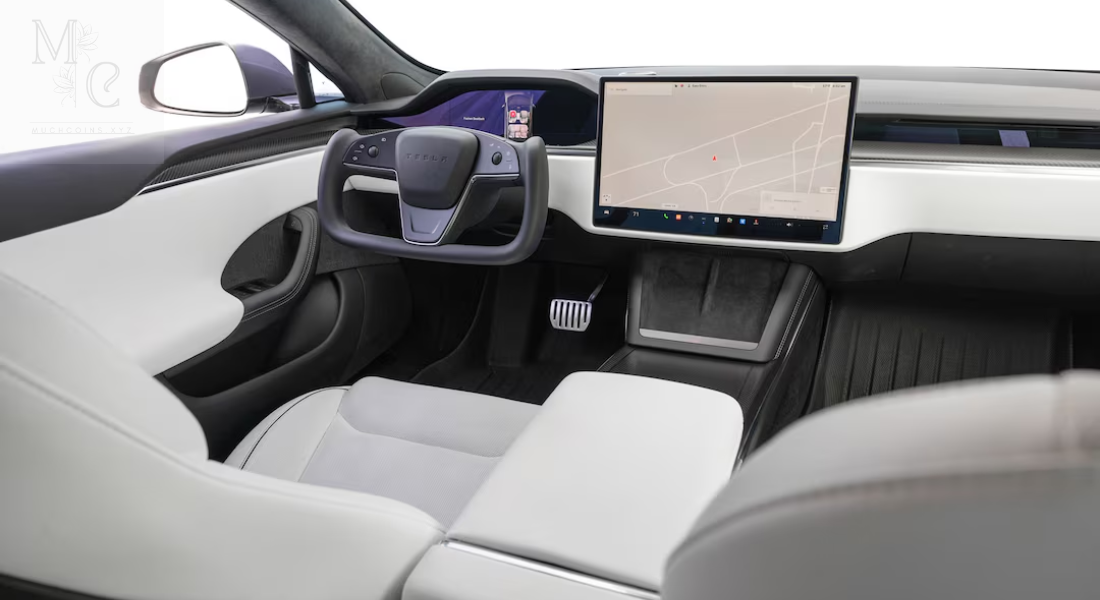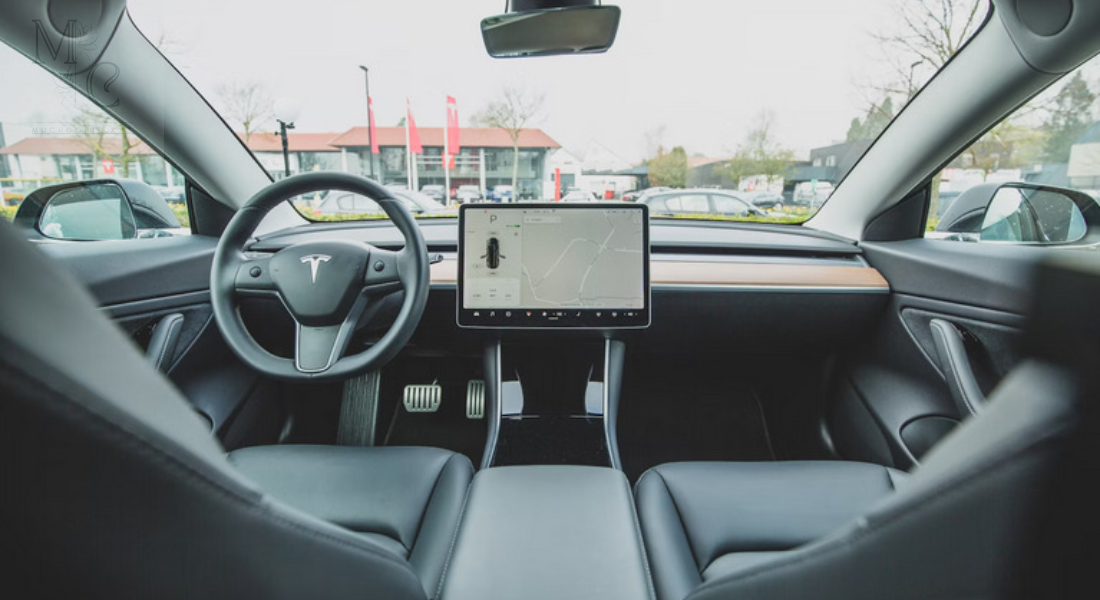Modern vehicles are more than machines—they are intelligent systems designed to protect and assist drivers. Advanced car safety systems have transformed how we think about road safety, combining cutting-edge technology with user-centric design. These systems enhance awareness, reduce risks, and make driving safer for everyone. Explore the features, benefits, and impact of these innovations on your driving experience.
Enhanced Awareness with Adaptive Cruise Control
Adaptive cruise control is one of the most revolutionary features in advanced safety systems. It maintains a safe distance between your vehicle and the one ahead by automatically adjusting speed. This feature reduces the need for constant manual adjustments during long drives, making highway travel more comfortable and secure.
By monitoring traffic flow, adaptive cruise control minimizes the risk of rear-end collisions and ensures smoother journeys. It’s particularly useful in stop-and-go traffic, where maintaining focus can be challenging.
Lane Departure Warning for Better Control
Lane departure warning systems keep drivers in their lanes by detecting unintentional drifts. Using cameras and sensors, these systems alert drivers when the vehicle begins to stray without signaling. This feature is invaluable on long drives or when fatigue sets in, ensuring you stay safely on course.
Advanced versions of this technology include lane-keeping assist, which gently steers the car back into the correct lane. This combination of guidance and prevention significantly enhances overall driving control.
Automatic Emergency Braking for Critical Moments
Automatic emergency braking is a life-saving feature in advanced car safety systems. By detecting imminent collisions, the system applies brakes automatically if the driver fails to react in time. This proactive technology reduces the severity of accidents or prevents them altogether.
This feature is particularly effective in urban environments, where sudden stops are common due to pedestrians, cyclists, or other vehicles. It provides an additional layer of protection, offering peace of mind in high-traffic areas.
Blind Spot Monitoring for Safer Maneuvering
Changing lanes becomes safer with blind spot monitoring systems. These systems use sensors to detect vehicles in your blind spots and provide visual or audible alerts. This feature enhances awareness, especially on multi-lane highways where blind spots can lead to accidents.
Some systems also include rear cross-traffic alerts, which warn drivers of approaching vehicles when reversing. This added functionality ensures safer parking and maneuvering in tight spaces.
360-Degree Cameras for Comprehensive Views
Parking and maneuvering in tight spaces can be challenging, but 360-degree camera systems provide a complete view of your surroundings. By combining feeds from multiple cameras, these systems create a bird’s-eye view of your car, making parking stress-free and precise.
This feature is especially helpful in urban settings, where limited visibility can lead to minor collisions. With a comprehensive view, drivers can navigate confidently, avoiding obstacles and ensuring safety.
Driver Attention Monitoring for Alertness
Driver attention monitoring systems are designed to detect signs of drowsiness or inattention. By analyzing steering patterns, eye movements, and head position, these systems alert drivers to take breaks when needed. This proactive approach prevents accidents caused by fatigue or distraction.
These systems enhance safety by addressing one of the leading causes of accidents—driver error. They encourage responsible driving habits and ensure drivers remain focused on the road.
Pedestrian Detection for Urban Safety
Pedestrian detection systems use cameras and sensors to identify people crossing the road. When a pedestrian is detected, the system alerts the driver and, if necessary, activates automatic emergency braking to prevent collisions.
This feature is essential in busy urban areas, where unpredictable pedestrian behavior poses risks. It enhances safety for drivers and pedestrians alike, making roads safer for everyone.
Intelligent Speed Assist for Safer Driving
Intelligent speed assist systems use GPS data and camera recognition to help drivers maintain appropriate speeds. By providing real-time speed limit information and alerts, these systems reduce the risk of speeding-related accidents.
Some versions also include speed limiters, which prevent the vehicle from exceeding a set speed. This feature ensures compliance with traffic regulations and promotes safer driving habits.

Traffic Sign Recognition for Better Awareness
Traffic sign recognition systems enhance situational awareness by identifying and displaying road signs on the dashboard. These systems detect signs such as speed limits, stop signs, and no-entry warnings, ensuring drivers stay informed.
This feature is particularly useful in unfamiliar areas, where missing a road sign could lead to violations or dangerous situations. It keeps drivers aware of their surroundings and improves decision-making on the road.
Night Vision Assistance for Improved Visibility
Night vision systems enhance visibility in low-light conditions by using infrared cameras to detect objects ahead. These systems highlight pedestrians, animals, or obstacles on a screen, ensuring safer driving at night or in foggy conditions.
This feature extends a driver’s visibility beyond the range of traditional headlights, reducing risks during nighttime travel. It’s a valuable tool for those who frequently drive in challenging lighting conditions.
Collision Avoidance Systems for Maximum Protection
Collision avoidance systems combine multiple technologies, including cameras, radar, and sensors, to detect and prevent accidents. These systems provide alerts, assist with steering or braking, and ensure the vehicle avoids hazards effectively.
By addressing potential dangers before they escalate, collision avoidance systems significantly reduce accident risks. They represent the pinnacle of advanced car safety systems, offering comprehensive protection for drivers and passengers.
Connected Cars for Smarter Safety
Connectivity plays a crucial role in modern safety systems. Connected cars use data sharing and communication to enhance safety features. For example, vehicles can receive updates on traffic conditions, weather alerts, or road hazards in real time.
These systems also enable vehicle-to-vehicle communication, allowing cars to share information and coordinate movements. This level of connectivity improves overall road safety and paves the way for autonomous driving.
Integration with Autonomous Driving Technology
Advanced car safety systems form the foundation of autonomous driving. Features such as adaptive cruise control, lane-keeping assist, and collision avoidance work together to enable semi-autonomous functionality. These systems reduce driver workload and make driving more efficient.
As technology evolves, fully autonomous vehicles will rely on these systems to navigate safely and interact with other vehicles. Investing in advanced safety features today prepares drivers for the future of transportation.
Why Advanced Safety Features Are Essential
Advanced car safety systems save lives, reduce accident severity, and improve overall driving experiences. They enhance situational awareness, assist in critical moments, and encourage safer driving habits. Whether navigating busy city streets or cruising on highways, these features make a tangible difference.
By integrating technology with human judgment, these systems address common challenges faced by drivers. They empower drivers to make informed decisions, ensuring safer roads for everyone.
Conclusion: Driving into a Safer Future
The evolution of safety technology has transformed modern vehicles into intelligent systems designed to protect drivers, passengers, and pedestrians. Advanced car safety systems offer more than convenience—they provide a layer of security that redefines what it means to be safe on the road.
Invest in vehicles equipped with advanced safety features and experience the confidence they bring. With every innovation, the future of driving becomes safer, smarter, and more enjoyable for all.
